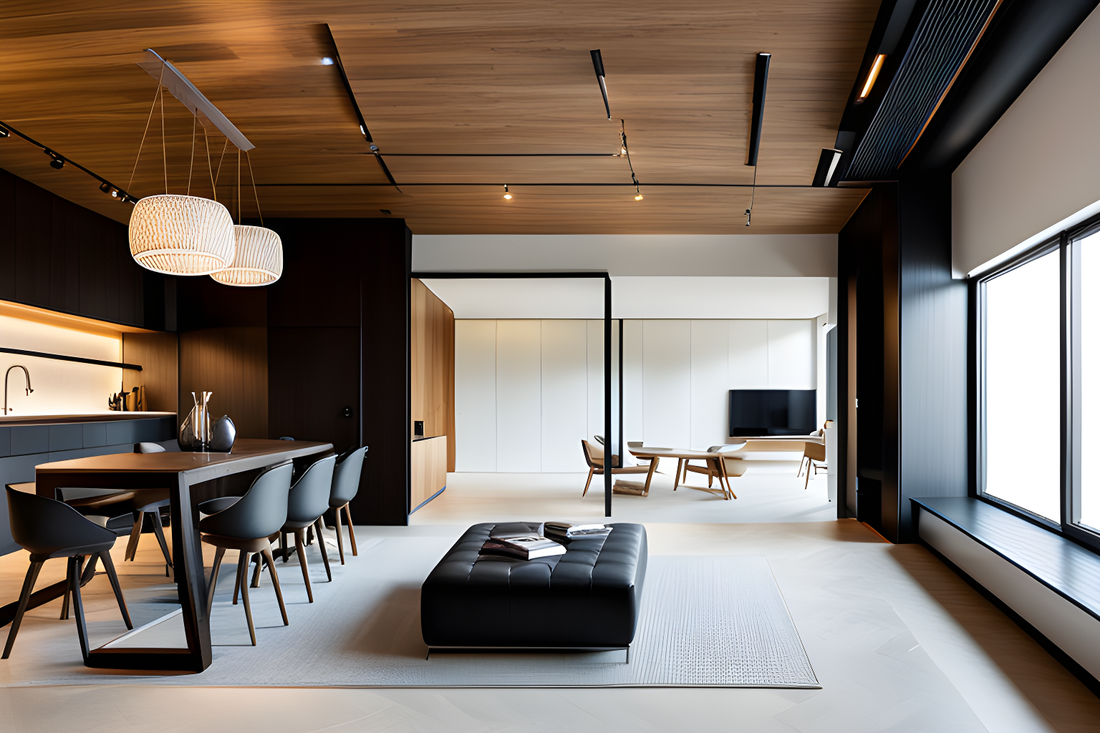
Trends in Architecture and Interior Design for Smart Homes
Share
With the advancement of technology, smart homes are becoming more and more common. These homes offer convenience, comfort, and efficiency thanks to the integration of automated systems and smart devices. In this article, we will explore the main trends in architecture and interior design for smart homes. Get ready to discover how technology is transforming the way we live!
Integrated Design:
An essential aspect of smart home architecture is integrated design, which aims to incorporate technological devices discreetly and harmoniously into the environment. Switches, control panels and sensors can be incorporated into the architecture, ensuring a clean and sophisticated appearance.
Home Automation:
Home automation is one of the biggest trends in smart homes. With it, you can control lighting, temperature, security, audio and video, among other aspects, through a centralized system. Automation allows you to program scenarios and create personalized environments with a simple touch on your smartphone or voice command.
Internet of Things (IoT):
The Internet of Things is a reality in smart homes. Through devices connected to the network, it is possible to control and monitor various aspects of the home, such as appliances, security cameras, locks, thermostats and irrigation systems. The interconnectivity between these devices makes the home more efficient, practical and safe.
Sustainable Energy:
Concerns about sustainability have driven the use of clean, renewable energy in smart homes. Solar panels, rainwater harvesting systems and energy storage solutions are becoming increasingly common, allowing homes to be more self-sufficient and environmentally friendly.
Virtual Assistants and Voice:
Virtual assistants such as Amazon Alexa, Google Assistant and Apple Siri have played a key role in smart homes. These devices allow you to control your home using voice commands, making it easier to access information, play music, make online purchases and control connected devices.
Smart Interior Design:
Interior design is also keeping up with the evolution of smart homes. Smart furniture and objects are becoming increasingly popular, such as interactive mirrors, automated curtains and multifunctional furniture with technological features. In addition, the use of ecological and sustainable materials is valued.
Advanced Security:
Security is a priority in smart homes. Camera monitoring systems, motion sensors and smart locks provide additional protection. Integrating these devices with apps and virtual assistants allows remote and real-time control of home security.
Conclusion:
Smart homes are redefining the way we live, offering comfort, convenience and energy efficiency. With integrated architecture, home automation, the Internet of Things, sustainable energy, virtual assistants, smart interior design and advanced security, homes are becoming true hubs of technology and well-being. Get ready to embark on this journey towards an increasingly connected and intelligent future!
